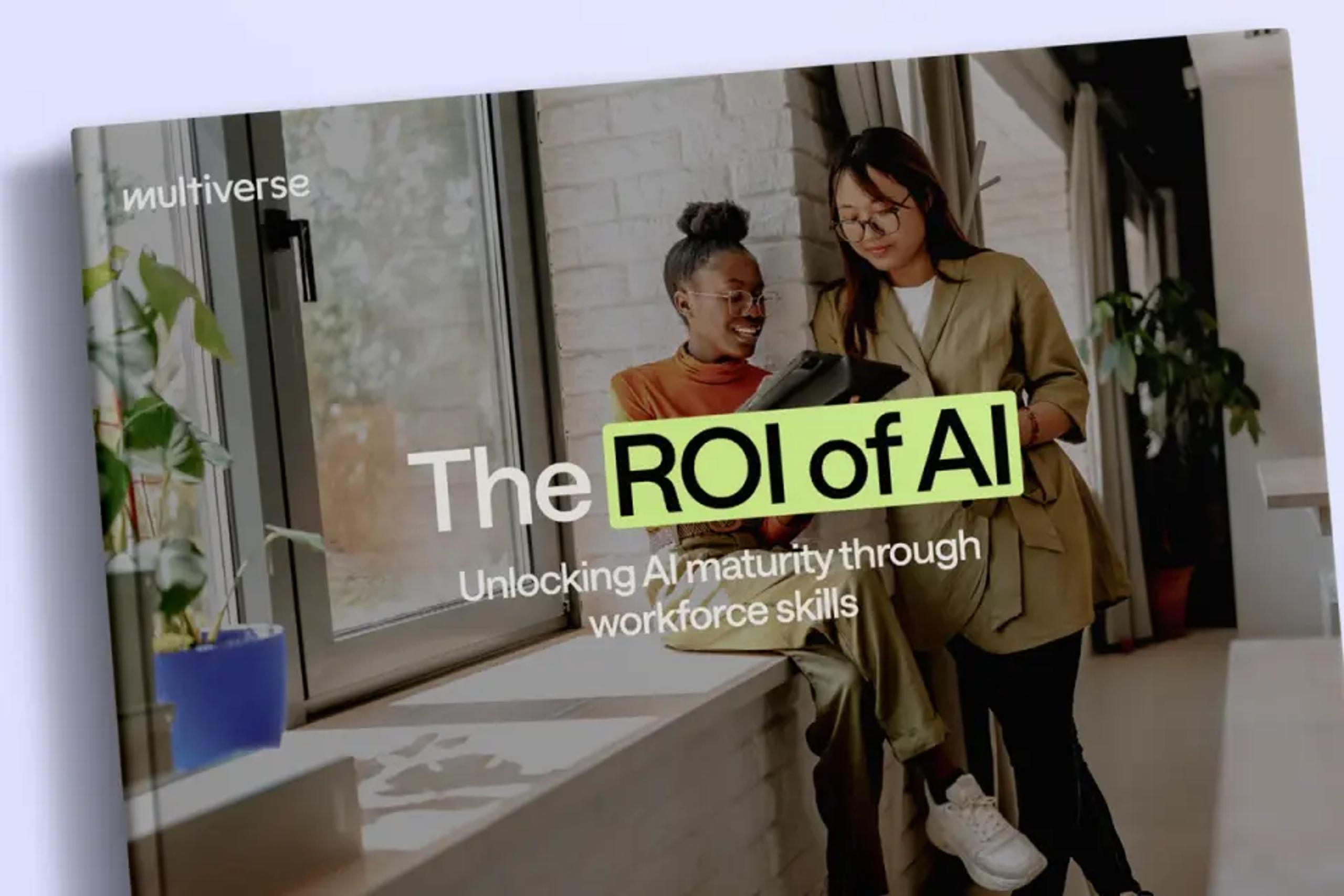The UK Government has set out clear ambitions for artificial intelligence (AI) in the public sector.
The AI Opportunities Action Plan highlights the potential the technology has to enhance efficiency, improve service delivery and support better decision-making.
The big question is: what does it mean for public services?
Howard Lewis, the managing director of Modern Workplace at Microsoft, shares some thoughts on how to take advantage of AI in local government and strengthen public sector services. Here’s a snapshot of what he has to say.

AI in the public sector: Powering the future
Learn how AI can drive efficiency, improve public services, and empower public sector leaders to embrace the AI revolution
Applying AI in the public sector
In practice, implementing AI in the public sector could look like:
- Predictive insights to notify when potholes could need maintenance, social care services that might require urgent intervention, and where emergency services could need to be deployed based on data trends.
- Automating back-office processes to free up staff time for higher value or community-facing work.
- Improving citizen engagement with AI-powered chatbots that handle common questions, reducing response times and improving accessibility.
But the challenge is implementation. AI is only as effective as the strategy and the people behind it. And that's why we're seeing a shift from exploring AI to developing real-life use cases which benefit the public.
An AI-ready culture comes from the top
Successful AI adoption starts with strong leadership. Whether it’s breaking down silos or driving data strategies, public sector leaders need to be champions of change – creating a culture of collaboration and innovation.
"Encouraging the right culture comes from the top-down – no matter what you’re looking to achieve. When implementing AI, business leaders need to be active, visible and demonstrate consistent participation."
Howard Lewis, Managing director of Modern Workplace at Microsoft
To make this possible, building a coalition with executive peers and the wider management community will help to engage the rest of the organisation – enabling a culture that’s ready for change.
Establish ethical frameworks for AI usage
There are several pillars of an AI ethics framework(opens new window), including fairness, accountability, transparency, reliability and safety, inclusivity, and privacy and security.
Yet, a framework alone won’t do the job – you also need strong internal communications.
“Communication is key. You have to demonstrate the importance of the framework, why shortcuts shouldn't be taken, and the impact on fair, secure and accurate AI usage,” Howard explains. “Never has this been more necessary than in the public sector, where employees work with sometimes confidential and sensitive data.”
Having an ethical framework for how you will use AI can also help reduce data constraints. That means no waiting to sort your data quality to get started. Instead, your data strategy works alongside the implementation of AI – all shaped by your ethical framework.
“Starting with small-scale pilots helps to get the ball rolling and see those early wins, but it also means cleaning up your data in manageable chunks so it’s ready to use for specific applications,” Howard shares.
Empower your people
Today, the topic of AI adoption coincides with concerns about how the technology could be used to replace workers.
“Establishing clearly how AI will be applied can help to assuage worries. But, you can empower your workforce too if you’re able to show how their involvement is critical,” Howard explains. “We call this: keeping humans in the loop. And it’s a vital part of ensuring compliance is maintained too.”
The key to getting this right, Howard says, is upskilling and reskilling employees on AI. By ensuring staff can understand and apply the technology, you can create an environment where people feel empowered.
“Having the right skills in your workforce means employees can start to think of creative, responsible ways to leverage AI to improve legacy processes and deliver real, long-term impact.”
Howard Lewis, Managing director of Modern Workplace at Microsoft
When people feel empowered to use AI – with the appropriate guardrails in place – public services will benefit from more available time for human contact and support.
Improving data literacy in the public sector
Find out how NHS and local government leaders are boosting services with digital transformation
Collaborate with partners to develop best practice
“Whether it’s demonstrating real-world use cases or how to address your specific AI applications, technology partners can help you identify and prioritise high-impact areas for implementation,” Howard mentions.
By partnering with trusted AI advisors, the public sector can focus on driving the most meaningful change. “There’s a feedback loop to partnerships that means you can benefit from the technology now and as it evolves to better meet their needs,” Howard concludes
At Multiverse, we’re partnering with Microsoft to equip 1 million people with the skills needed to thrive in an AI-enabled economy by 2025. By collaborating, we can work together to share expertise and create opportunities to prioritise best practice.
Get started today
It’s important to remember the public sector is only two years into working with AI on a large scale.
While there could be a tendency to feel left behind or out of the loop, public services adoption is just getting started. As long as those in the sector take initial steps to begin AI implementation today, no one will be left behind.
See how Essex County Council and the NHS are embarking on their digital transformation journey with incremental changes.
Digital transformation in local government
Discover the future of data and AI skills with insight from 2,000 council employees







